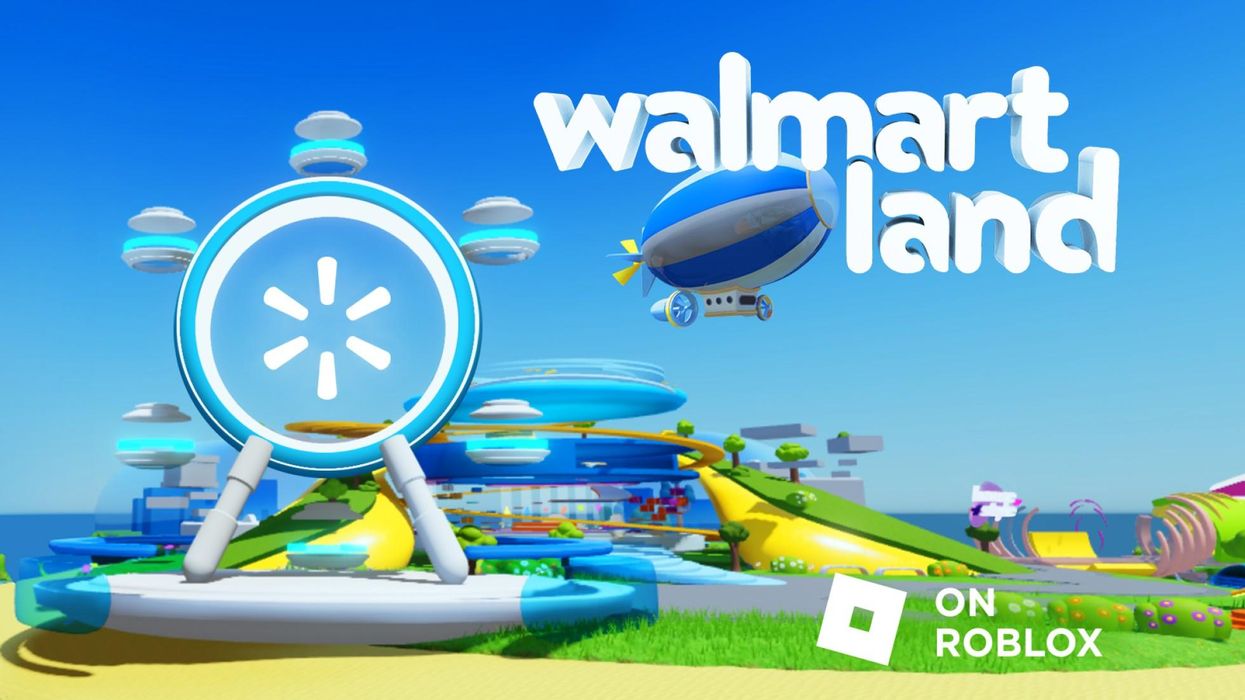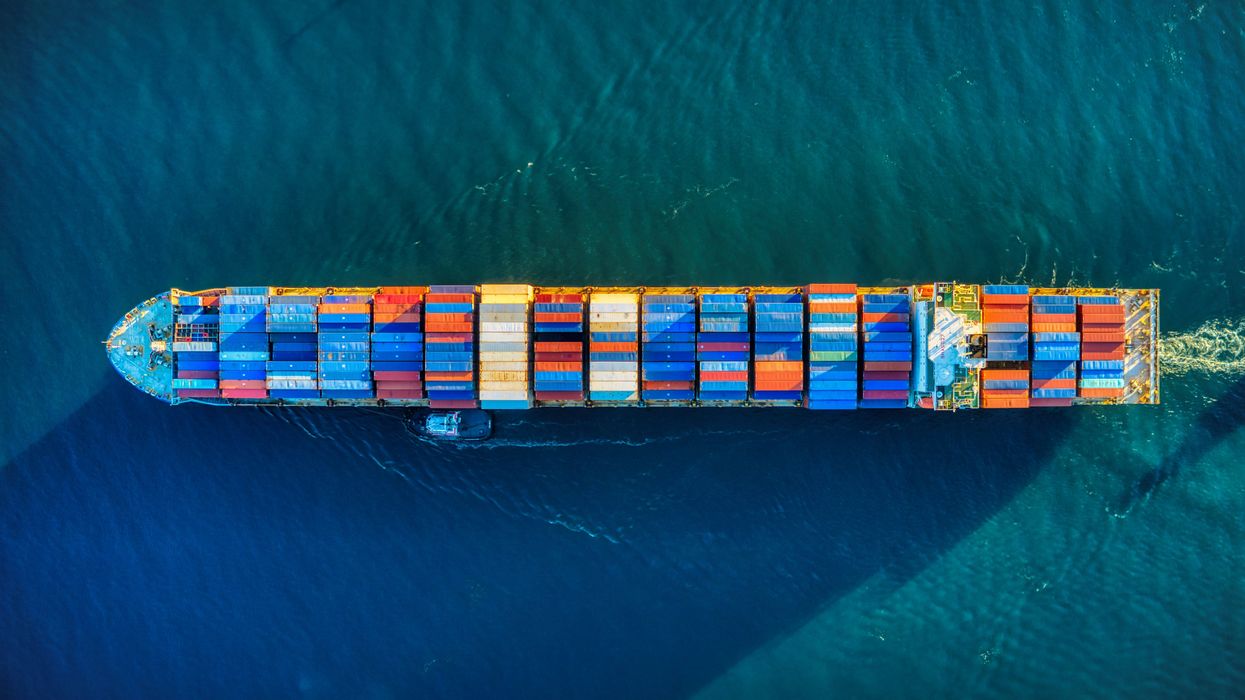Walmart is turning physical aisles into virtual isles.
The retailer announced on Monday that it will launch two new experiences in Roblox, the gaming platform that draws 52 million daily users by offering a mix of building and playing.
One of the worlds is dubbed Walmart Land, which focuses on fashion, style, beauty and entertainment. The other is called Walmart’s Universe of Play, and focuses on toys. Both will be made up of a number of experiences, called isles.
The experiences won’t feature shopping as it happens in the physical world. Rather, they are designed to interact with aspects of Walmart’s offerings, ranging from opportunities to play games featuring toys it sells to navigating an oversized obstacle course of beauty products to earning Roblox currency that can be used on virtual goods to outfit an avatar.
Walmart characterized the move as its big foray into the metaverse, which describes a developing set of experiences that bridge the digital and physical worlds. With its focus on building and exploring, Roblox offers a space to stand up virtual experiences where users can encounter content as part of play. Walmart is also looking to future shoppers, as it says it has the “next generation of customers” from Gen Z and younger in mind.
“Roblox is one of the fastest growing and largest platforms in the metaverse, and we know our customers are spending loads of time there,” said William White, chief marketing officer, Walmart U.S., in a statement. “So, we’re focusing on creating new and innovative experiences that excite them, something we’re already doing in the communities where they live, and now, the virtual worlds where they play.”
Even as the metaverse remains in early stages, forging a space for commerce has been of great interest to brands and retailers. Roblox has been a prime landscape for testing, as it already offers virtual currencies and a fairly open form of gameplay that allows users to wander, rather than moving through specified levels step-by-step. It’s in this format that the act of discovering a new item and spending earned capital on it can take place.
Walmart will join a number of other consumer brands in Roblox, including Nike, PacSun and American Eagle Outfitters. However, the scale of Walmart’s presence will stand out. Being a retailer that stocks many products from a variety of outfits, Walmart is also bringing many brands into the fold through its activation.
Here’s a closer look at what’s in the two worlds that Walmart is introducing:
Walmart Land

Inside a cosmetics obstacle course. (Courtesy photo)
This will feature a number of experiences within it. A virtual store will allow players to outfit their avatar with “verch,” a Ferris wheel will offer a view of the Roblox world and players can earn unlockable tokens and badges throughout. The main “isles” include:
- Electric Island: A music festival-inspired space with an interactive piano walkway, a dance challenge, Netflix trivia and a DJ booth. In October, Electric Fest will feature motion capture concert performances from Madison Beer, Kane Brown and YUNGBLUD.
- House of Style: This features a virtual dressing room, a strike-a-pose challenge, an obstacle course featuring oversized cosmetics and a roller skating rinks. Featured products will include af94, UOMA by Sharon C., ITK by Brooklyn & Bailey, Lottie London, Bubble and more.
Universe of Play

Walmart Universe of Play in Roblox. (Courtesy photo)
Walmart is launching this toy-focused activation in time for the holidays. In this area, users can earn coins for virtual goods, earn trophies by completing challenges and unlock secret codes. The area includes:
- Immersive games: Five new games will feature products and characters from L.O.L. Surprise!, Jurassic World, Paw Patrol, Magic Mixies and Razor Scooters.
- Rewards: Users can collect virtual toys to earn coins that can be used for verch. Toys will be all around the world, with a Walmart blimp regularly dropping them.
- Adventures: Items like hoverboards and a Sharper Image drone will help them move around the world quickly and find new toys.
Coming soon: Roblox ads
Walmart’s activation comes as Roblox has indicated that it will be exploring advertising and more commerce capabilities. At its developer conference this month, the company announced plans to debut ads on the platform next year. This will build on the “transactional economy” Chief Product Officer Manuel Bronstein said the company has already built. From CNBC:
Roblox describes its upcoming ad offering as immersive ads, though there’s not yet a standard format for how they will appear. Bronstein speculated that future ads in the metaverse — an online world where people socialize, work and learn — could resemble digital billboards that people can use to buy goods like shoes, or even branded digital coffee cups.
In the portal ad tests, when users interact with the brand, they can be automatically transported to the company’s virtual Roblox community, Bronstein said. At this stage, companies are just trying to understand how ads can function in Roblox and other metaverses.
While it remains to be seen how the ads will function as part of play, it’s easy to envision an environment where brands build their own activations, then advertise them in that world to attract people to them. One question is whether the ads and activations will only be marketing goods and experiences found on Roblox, or eventually include the physical goods one can buy in the real world. Judging by the description above, it appears to be the former, which indicates Roblox is essentially developing its own economy. In that scenario, the advantage for brands to join is to gain exposure, but perhaps not drive direct sales. It would be similar to an activation at a fair or festival, except the experience is always running.
Still, this leaves open the question of whether there will eventually be space to cross over between physical and digital worlds, as the metaverse nomenclature implies. Will goods created online be available in real life, or vise versa? There have been experiments with this, but for Walmart it would likely need to happen at scale. As its metaverse entrance suggests, the world's largest retailer wants to go big. But it remains early days. There is still much for Roblox, brands and retailers to build and explore – and a lot of room to play.














